Santa Clara School has an extensive Health and Physical Education program that students partake in weekly. This program closely follows the Western Australian curriculum to assist students to learn how to enhance their own and others’ health, safety, wellbeing and physical activity participation throughout a variety of different activities.
Health Education
The Catholic Education Western Australia Child Safe Framework is taught during Health Education classes. A framework of nine elements combined support a child safe culture, healthy and respectful relationships, and extended guardianship in school communities, based on the latest research and recognised best practises.
Physical Education
Throughout Physical Education classes students are involved in a wide range of different sports and activities, with early childhood classes focusing on the development of the fundamental movement skills. Throughout the Physical Education program students have the opportunities to participate in intraschool and interschool carnivals, which include, swimming, cross country, athletics and lightning carnivals. Running Club is conducted before school twice a week to ensure optimal memory and thinking skills for students.
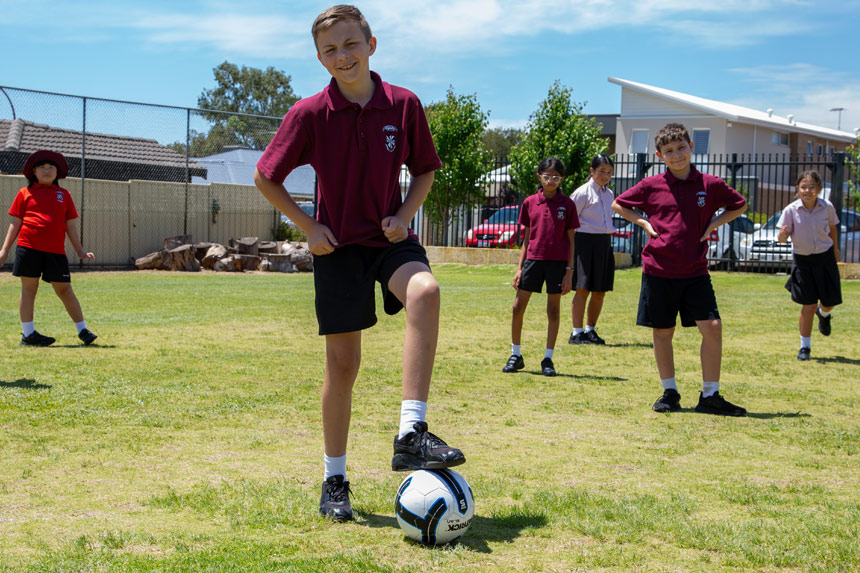
Music
Santa Clara works in partnership with Keyed Up Music, to deliver a 60 minute music lesson once per week to classes PP to Year 6. These lessons cover the basics of musical theory, from choral singing to percussion, and eventually practical application on a musical instrument. Students at Santa Clara are exposed to a wide range of instruments including:
- The Recorder
- The Ukelele
- The Xylophone
- Bongo Drums
- Boom Whackers
At Santa Clara School, we believe, that the arts are an important cornerstone of a child’s educational journey, and strive to encourage our students to experience, all that the arts can provide.
Choir
In 2024, Santa Clara School will be starting a school choir. Choir will be for children aged 4 to 6 years and will give our student valuable experience singing and performing for an audience. We are hoping to enter the choir in the Catholic Performing Arts Festival, as well as providing opportunities to sing throughout the year at masses and the end of year Christmas Concert.
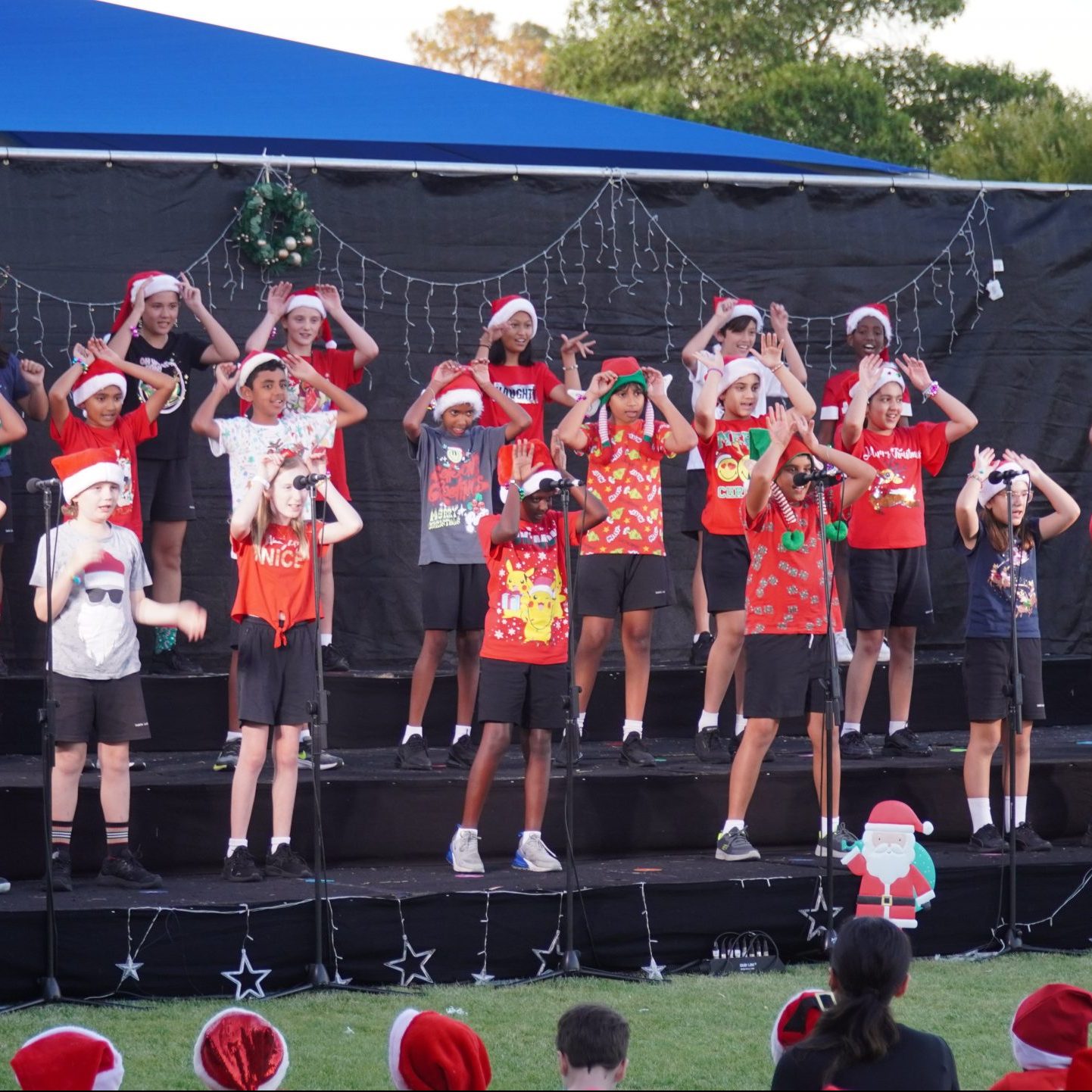
STEM
The Santa Clara STEM program is an engaging and hands-on educational experience designed to inspire our students to delve into the captivating worlds of Science and Design Technology. This program is tailored to nurture curiosity, critical thinking, and problem-solving skills, while fostering a deep appreciation for the interconnectedness of Science and Technology.
- Interactive Science Lessons: Our program features a series of interactive science lessons where students explore various scientific concepts through fun experiments, demonstrations, and hands-on activities.
- Design Technology Challenges: In the Design Technology component of our program, students are encouraged to unleash their creativity and innovation by undertaking design challenges. These challenges encourage students to brainstorm, prototype, and create solutions to real-world problems. Students gain an understanding of how technology and design can improve our lives and make a positive impact on society.
Our STEM program aims to foster a love for learning and a strong foundation in Science and Design Technology, preparing young minds for a future where these skills are increasingly essential. By promoting active engagement, creativity, and problem-solving, Santa Clara Primary School inspires the next generation of Scientists, Engineers, and Innovators.
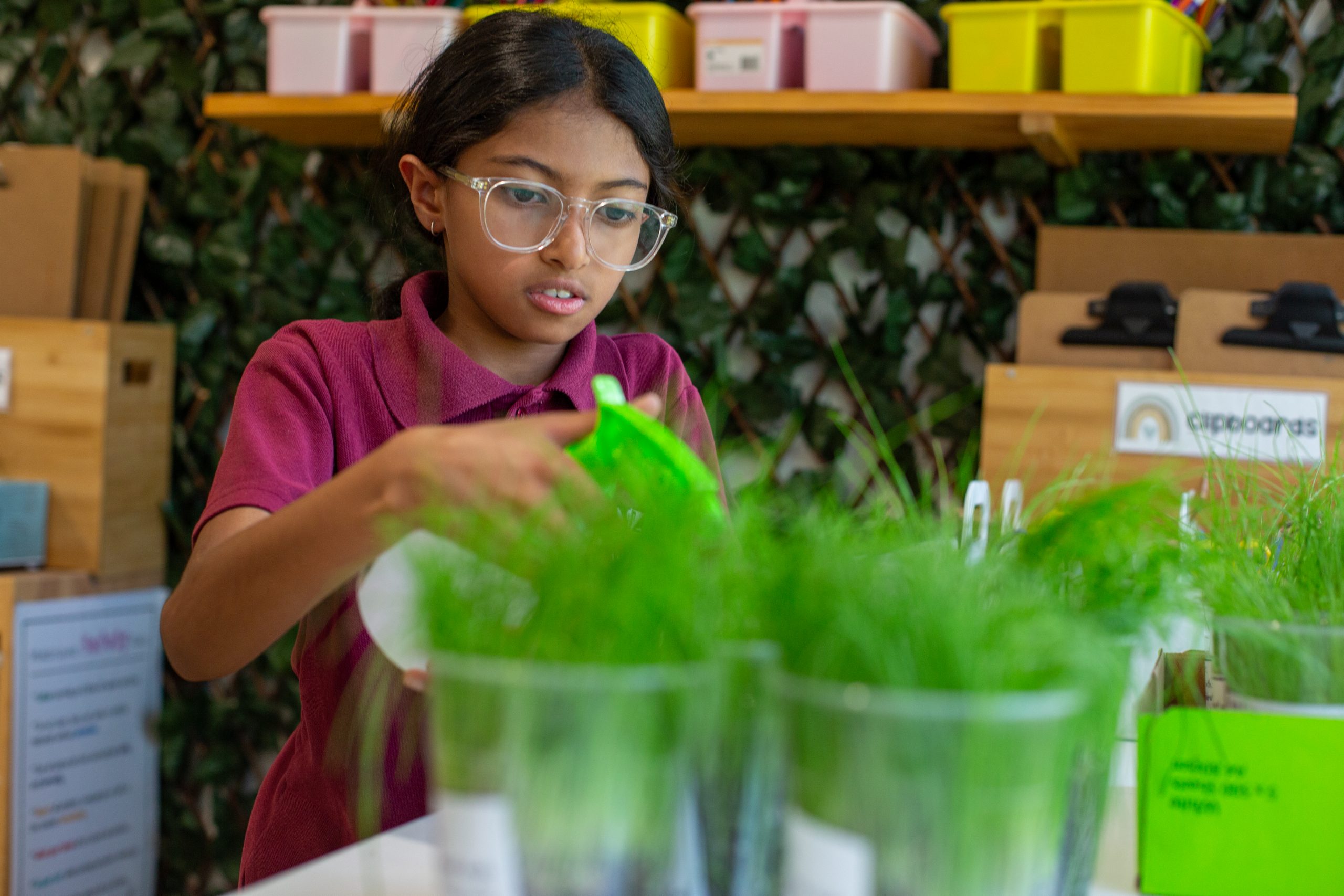
Languages
Santa Clara School currently runs an Italian Language program for 60 minutes a week in years PP to year 6. The program covers not only the basics of the language but is designed to teach the students about the Italian culture and way of life. They learn about various cultural events like Carnevale and La Festa Della Mamma, as well as how events that the students are familiar with, such as Christmas, are celebrated differently around the world.
The language program, is an important step to making our students well rounded individuals.


